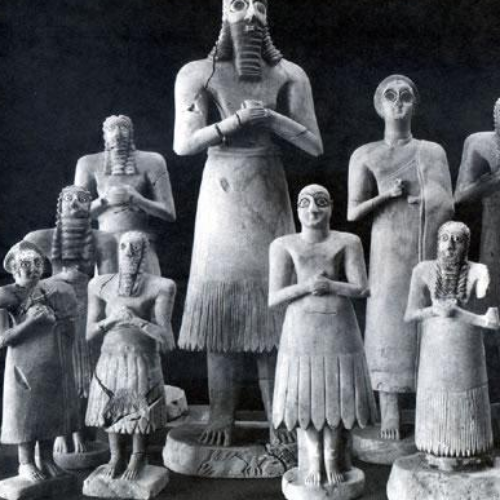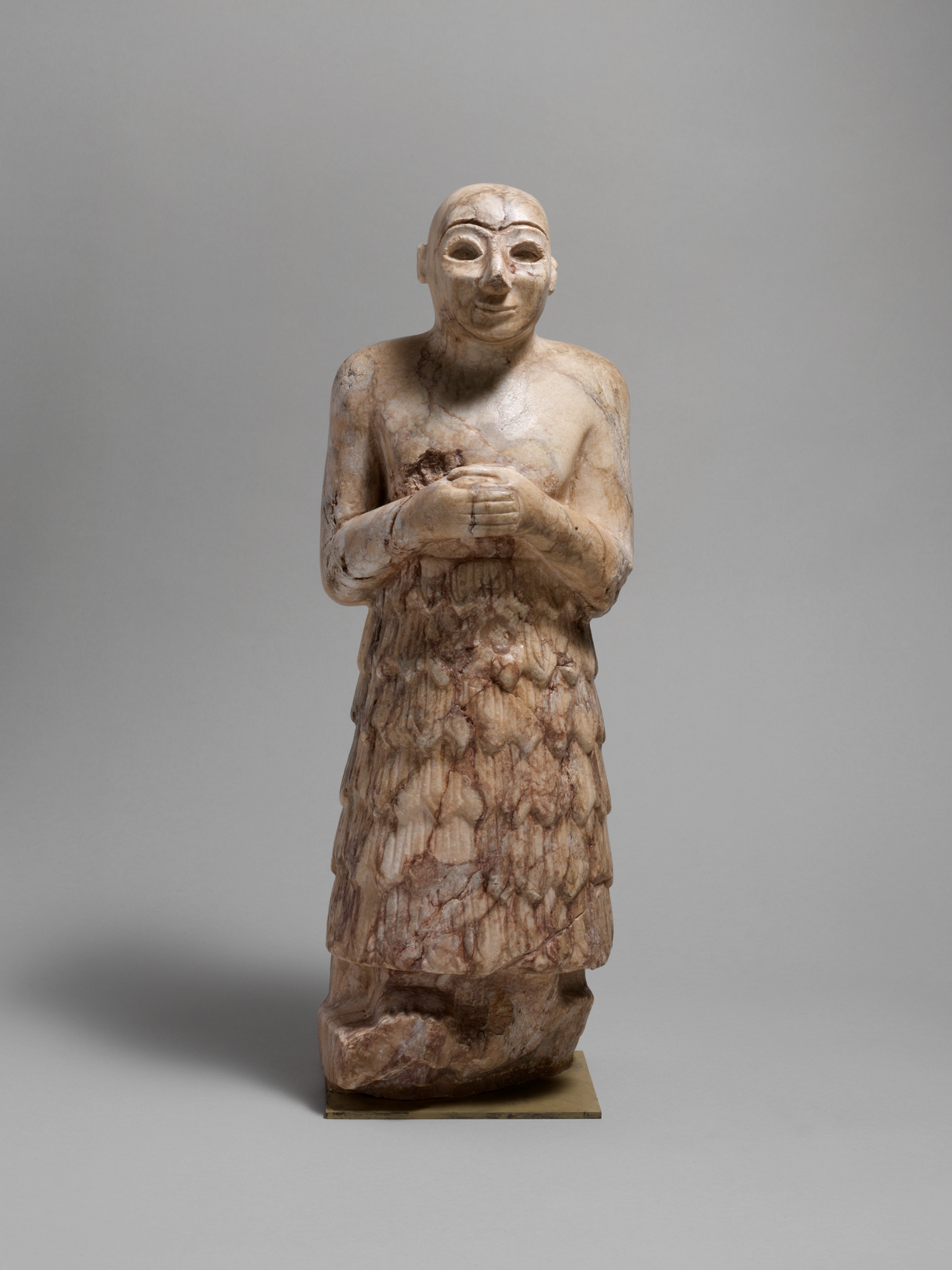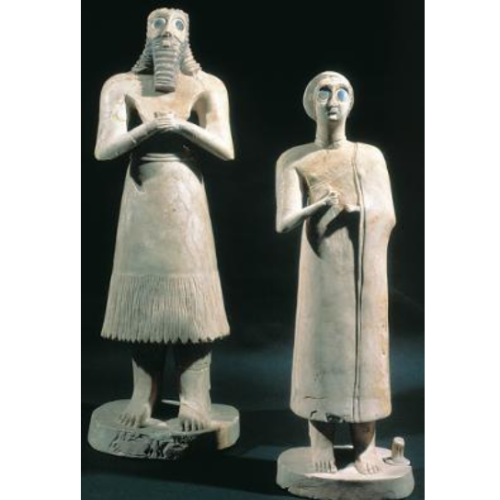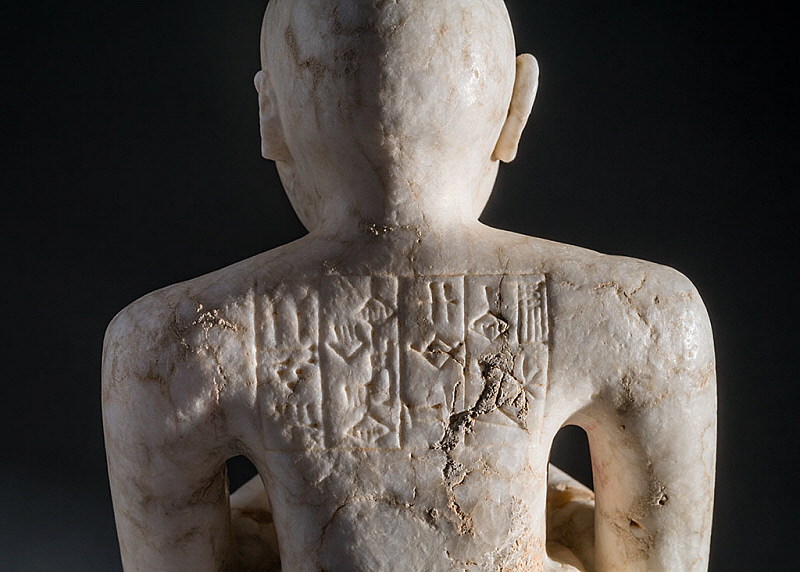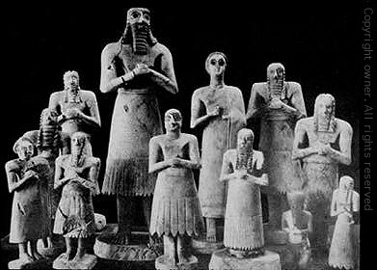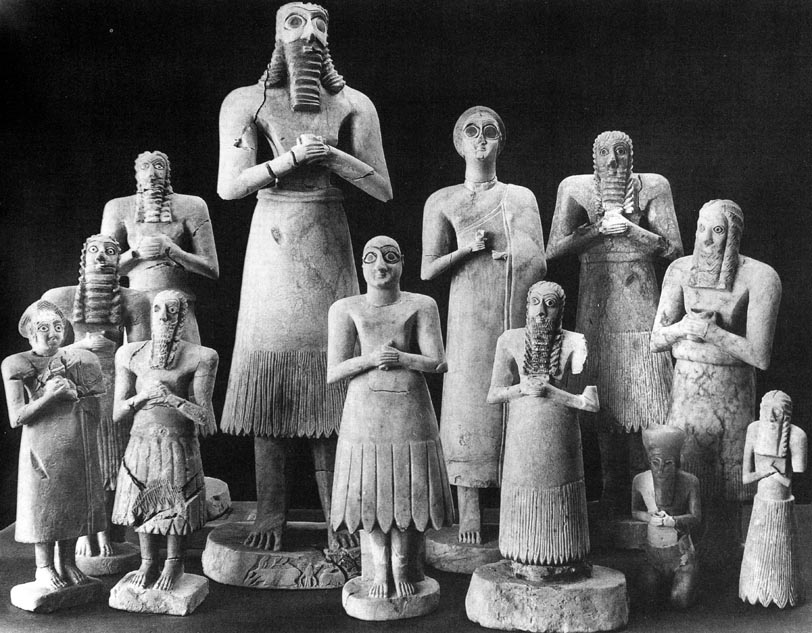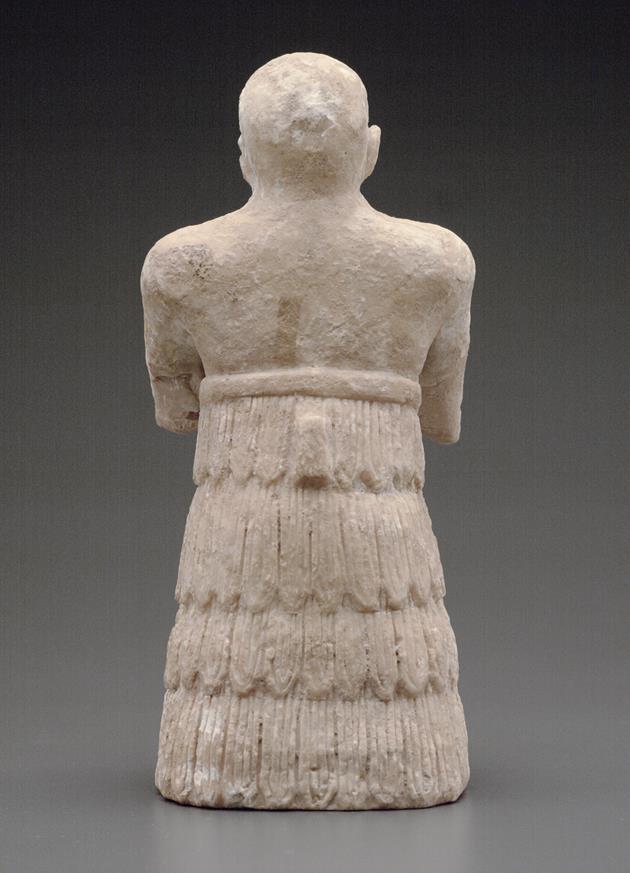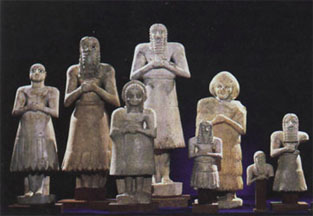
Votive statues, from the Square Temple, Eshnunna (modern Tell Asmar, Iraq), gypsum inlaid with shell, lime… | Ancient babylon, Ancient mesopotamia, Ancient sumerian

What's up with the Warren? or Sumerian votive figures, patrons, and my thing about rabbits — Eileen O'Donnell


![Sumerian votive statues from the Temple of Eshnunna, 2900-2600 BCE. [1200x559] : r/ArtefactPorn Sumerian votive statues from the Temple of Eshnunna, 2900-2600 BCE. [1200x559] : r/ArtefactPorn](https://i.redd.it/e9x6wqp7qe271.jpg)
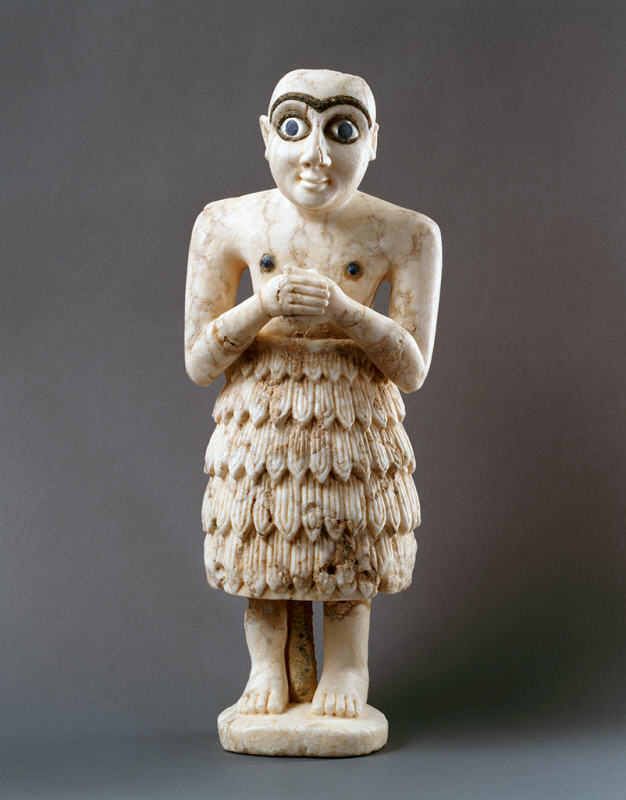
:max_bytes(150000):strip_icc()/asmar_hoard-5b6433a946e0fb00252eed2e.jpg)
